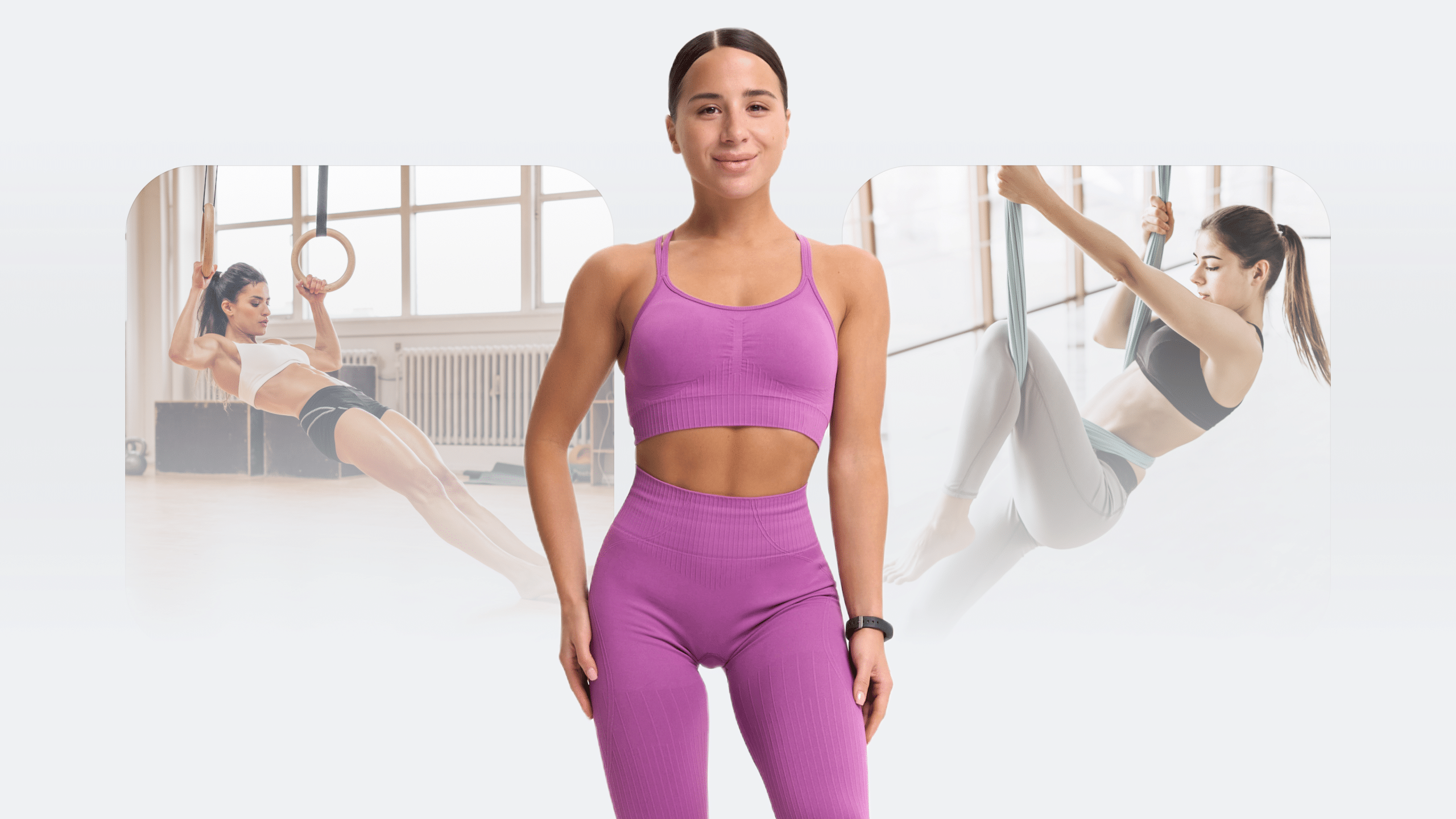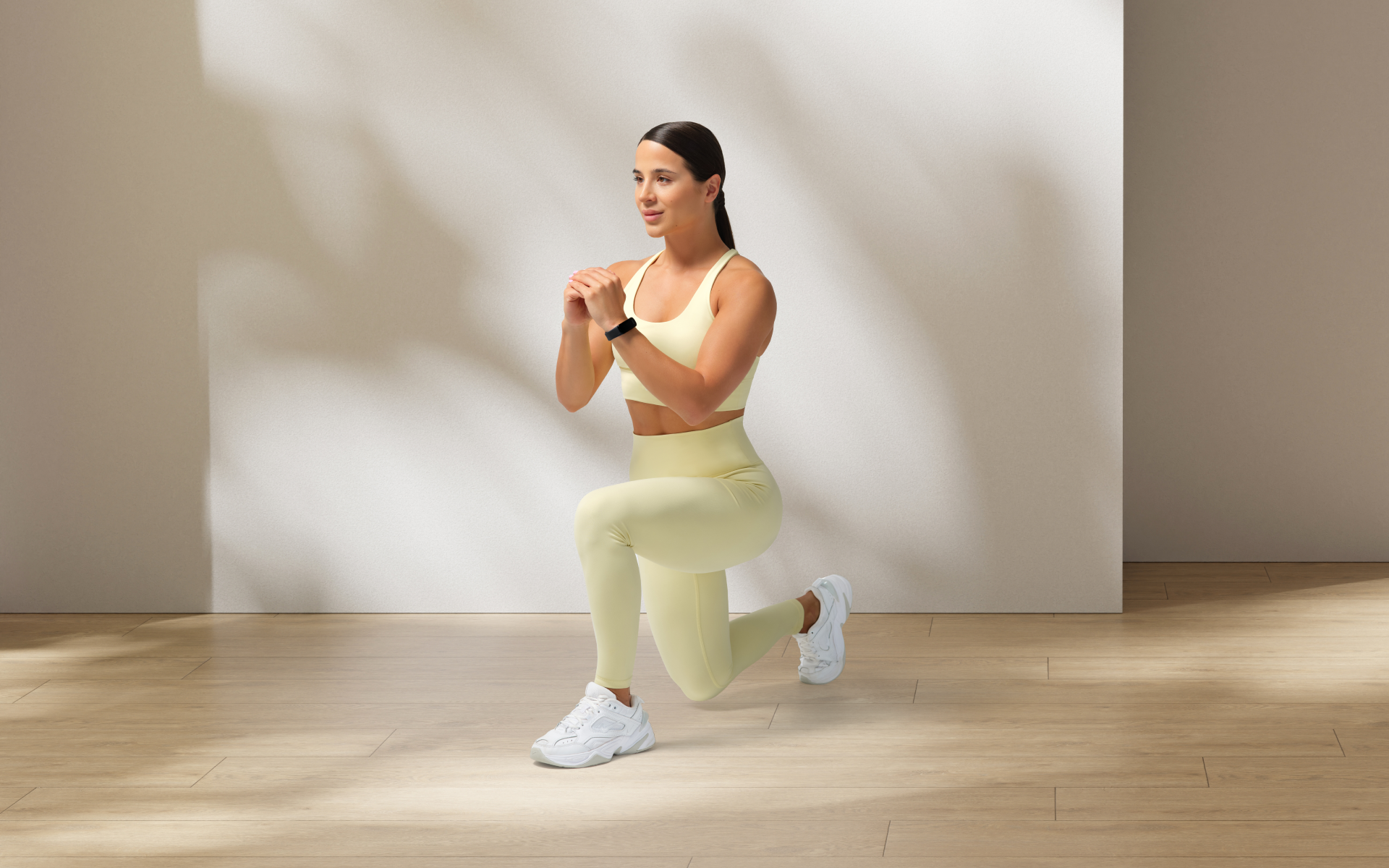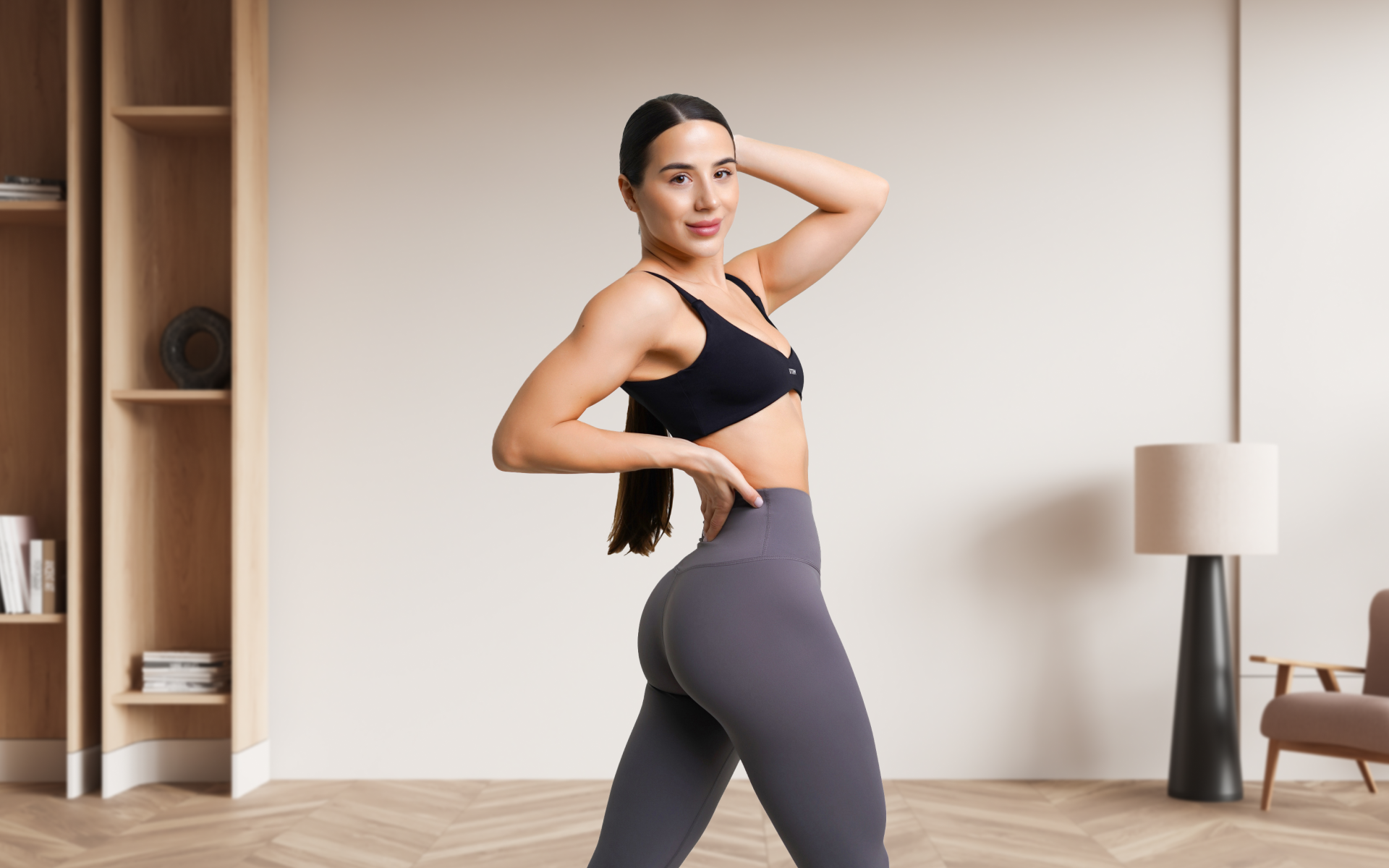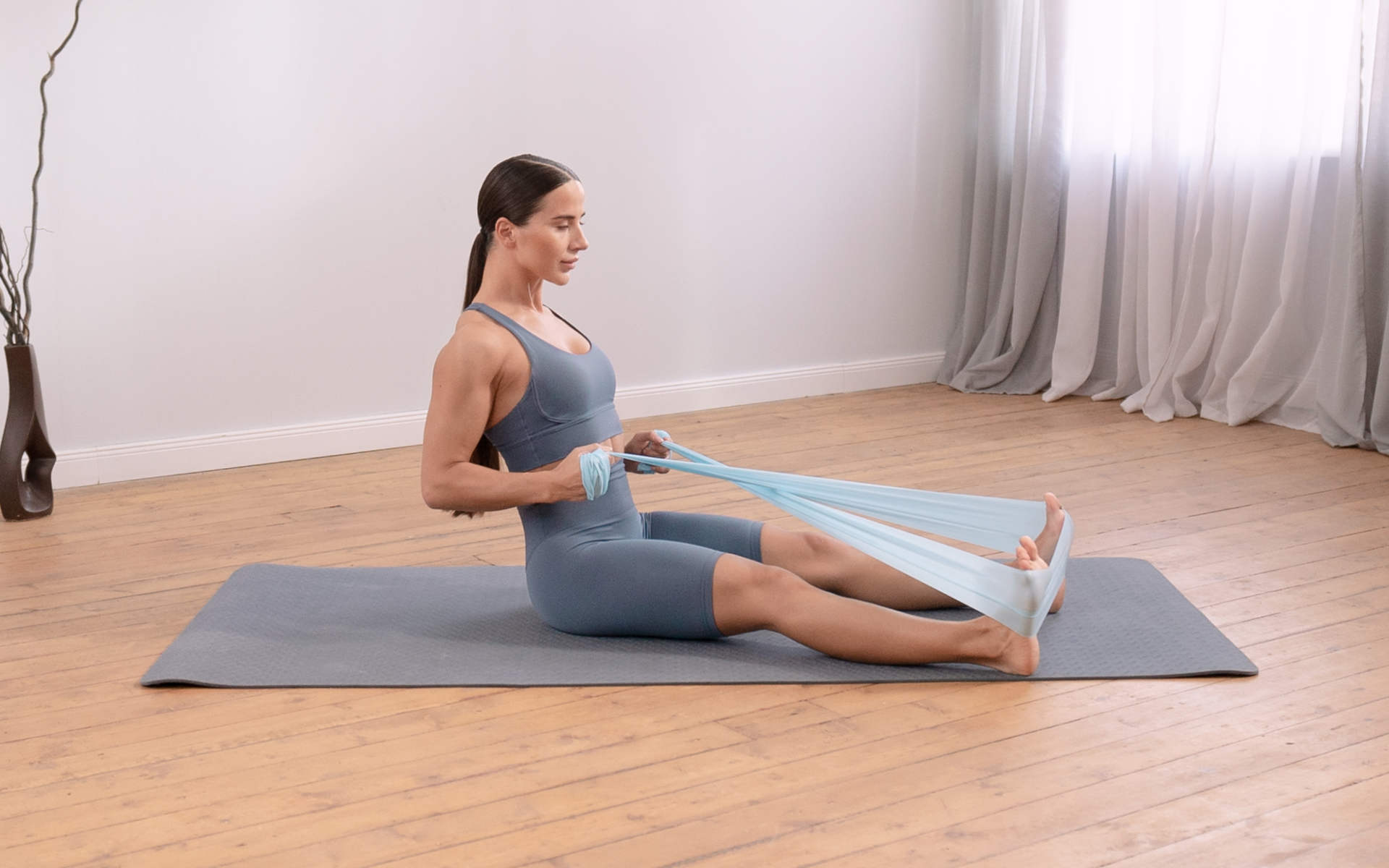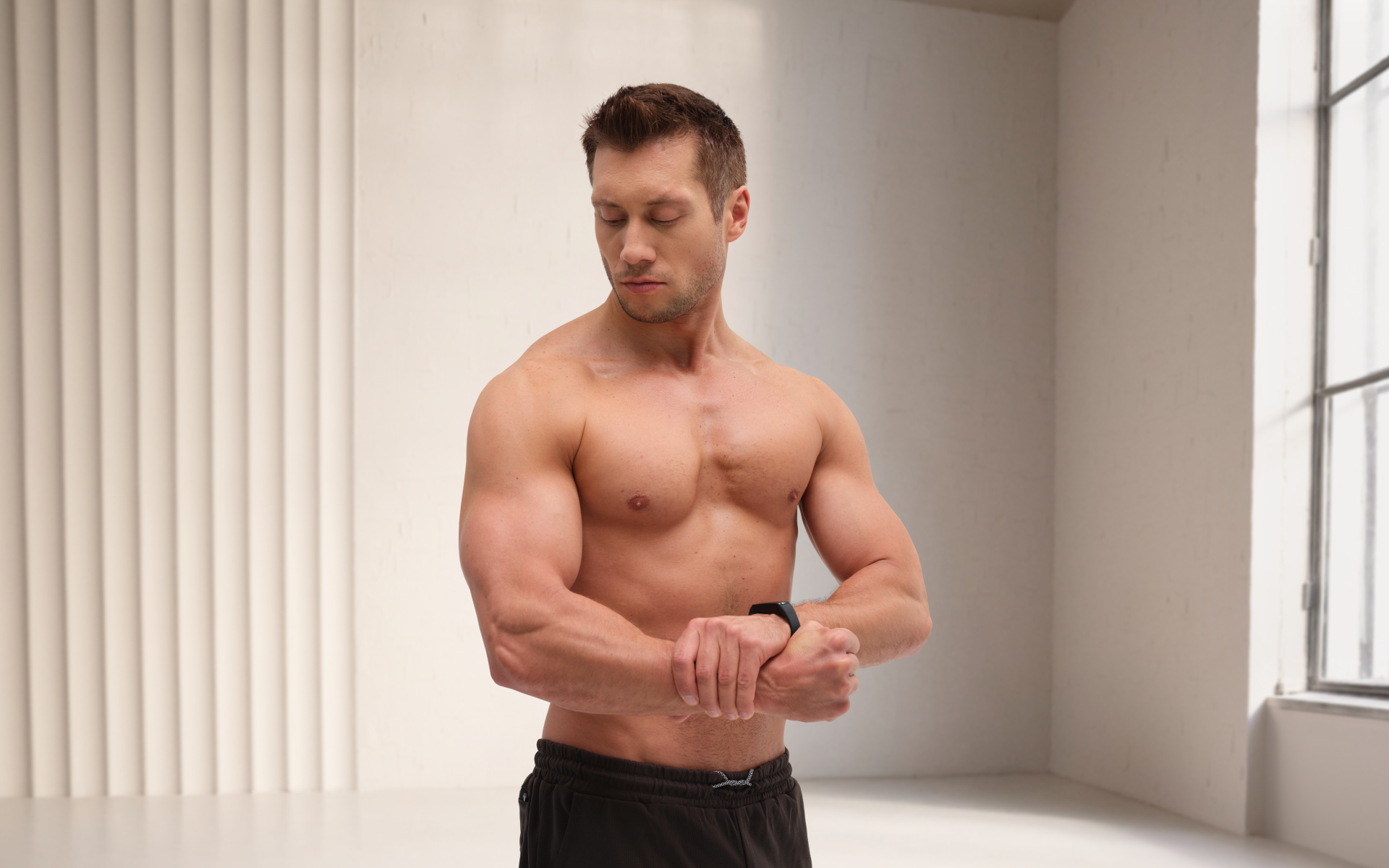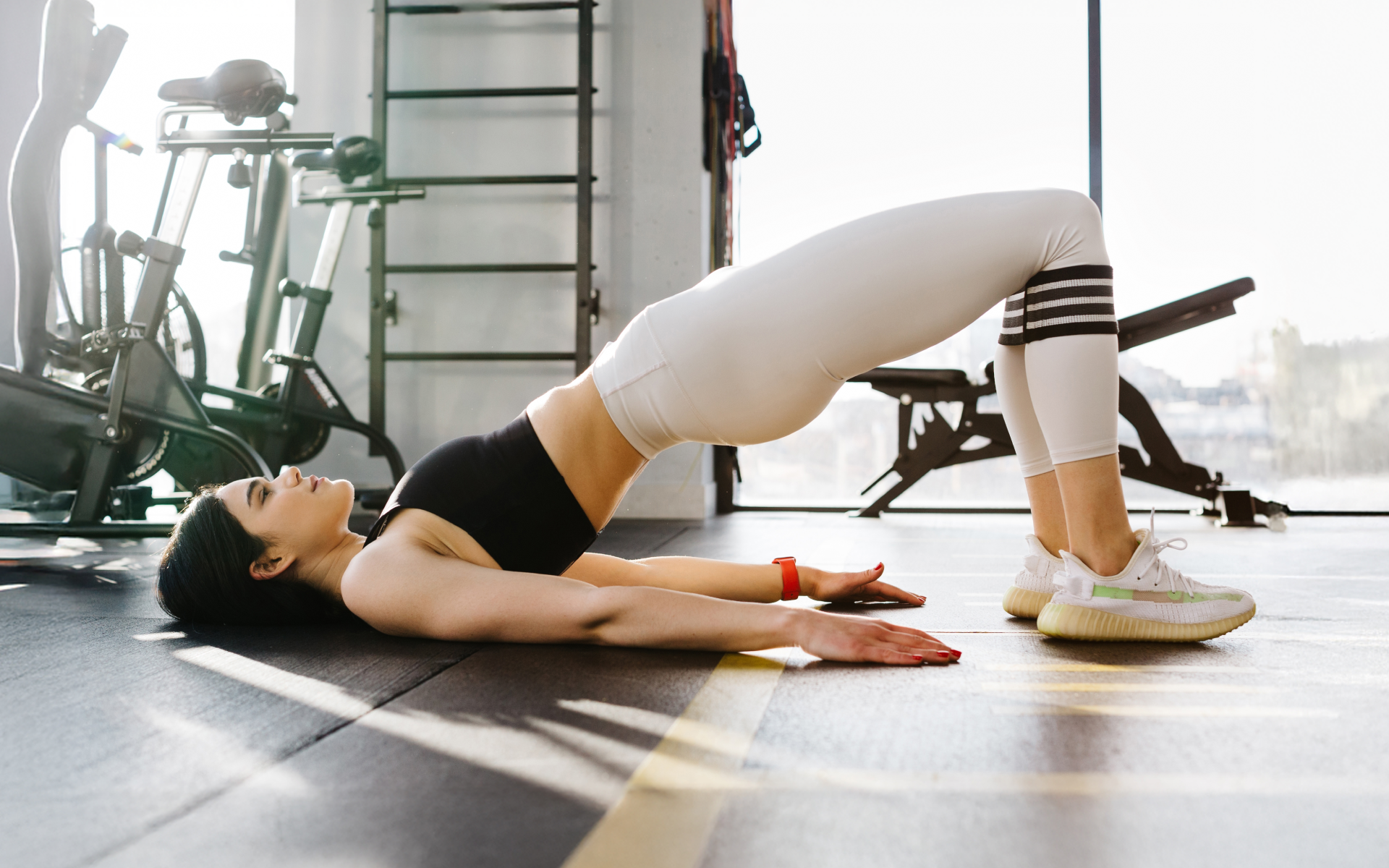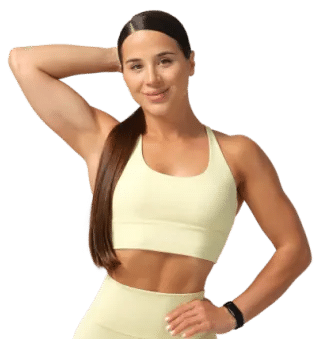The hardest part of any new fitness journey is often in taking the first step, but once you get over that initial hurdle, everything else starts falling into place.
Calisthenics, especially, is very forgiving as it requires you to focus only on getting the form right.
Unlike strength training which may emphasize specialized equipment and heavy weights, or practices like yoga that require flexibility, calisthenics relies only on bodyweight exercises that can be performed anywhere, anytime.
In this guide, we’ll provide practical tips on how you can start your calisthenics journey at home, even if you’ve never done a single push-up in your life.
No experience? No problem! With our approachable and straightforward advice, you’ll soon be on your way to building strength, agility, and confidence.
How Do Beginners Start Calisthenics?
Starting calisthenics at home for beginners should look something like this – master the basics, do them over and over until you get the hang of it, while building a habit and eventually progressing on to a more challenging practice that may involve equipment.
Here’s a closer look at how beginners start calisthenics:
They Start Slowly
The most successful beginners don’t just jump into a new calisthenics routine. Instead, they approach this new form of exercise with caution and patience.
There are four reasons why starting calisthenics slowly is recommended.
- First, it can help prevent injury by not putting too much strain on your muscles and joints initially.
- Second, it helps with building a solid foundation of strength and flexibility that is necessary for more advanced calisthenics exercises.
- Third, it allows you to perfect your form and technique, which can enhance the effectiveness of each exercise.
- Lastly, starting slowly helps in building discipline and consistency in your workout routine.
“Starting slowly” doesn’t necessarily mean that you should not challenge yourself, but rather gradually work your way up and listen to your body’s limits.
Reasons why BetterMe is a safe bet: a wide range of calorie-blasting workouts, finger-licking recipes, 24/7 support, challenges that’ll keep you on your best game, and that just scratches the surface! Start using our app and watch the magic happen.
It may look something like this:
- Selecting a few basic exercises to start with, such as push-ups, squats, and planks.
- Starting with only one round of these exercises daily and gradually increasing the number of rounds over time.
- Being intentional about rest; taking rest days and listening to your body when it needs a break.
- Slowly adding more challenging exercises or variations of the basic ones as you get stronger and more confident.
Starting slowly may not be the most exciting approach, but it’s an effective way to build a strong foundation for your calisthenics journey.
They Start With Basic Exercises
Calisthenics beginners should initially focus on mastering basic bodyweight exercises. These exercises are simple yet can be effective for building strength and endurance (4). They also form the foundation for more advanced calisthenics exercises.
For instance, push-ups, assisted pull-ups, planks, squats, and lunges are some of the basic exercises that beginners can start with. These exercises work multiple muscle groups and are excellent for building overall body strength.
Here are some ways to start with basic exercises:
- Learn the correct form and technique for each exercise.
- Start with a comfortable number of reps and sets.
- Gradually increase the number of reps and sets as your strength improves.
- Try to make each exercise a little bit challenging but yet still doable (e.g. by adding variations or increasing the range of motion).
They Set Achievable Goals
Having a goal in mind is one thing; setting an achievable goal is another. Many beginners make the mistake of setting unrealistic goals, which can lead to disappointment and a lack of motivation.
When it comes to calisthenics, your goals should be SMART: Specific, Measurable, Attainable, Relevant, and Time-bound.
For example, instead of saying “I want to do a set of 100 push-ups,” a more achievable goal would be “I want to do 10 push-ups without taking a break by the end of this month.”
Setting small, attainable goals is essential in building confidence and tracking progress. As you achieve each goal, you’ll gain motivation and momentum to keep pushing yourself further.
They Are Intentional About Creating a Consistent Routine
A consistent routine not only helps with building strength and endurance but also forms a habit of exercising regularly. That said, it doesn’t just happen; you must be intentional about creating and sticking to a routine.
Environmental, behavioral, and cognitive factors can influence your motivation and willingness to exercise regularly. By identifying these factors and setting up a solid routine that works for you, you will be making exercise a part of your lifestyle rather than just a temporary endeavor.
Furthermore, a well-balanced routine includes a mix of push, pull, and lower body exercises spread throughout the week, giving each muscle group enough time to recover.
Here’s how to build a consistent routine:
- Decide on a convenient time to work out daily.
- Plan your workouts for the week ahead.
- Stick to your workout schedule, even if you don’t feel like working out.
- Make necessary adjustments to your routine according to your progress and recovery.
They Develop Body Awareness
Being aware of your body and its movements is crucial in calisthenics.
Beginners should make a conscious effort to understand their body’s strengths and limitations. This helps with identifying which areas require more focus and improvement.
It also helps to maintain proper form and technique during exercises, thereby reducing the risk of injury.
Here are some ways to improve body awareness:
- Focus on your movements during each exercise.
- Pay attention to your breathing pattern.
- Try to identify which muscles are working during each exercise.
- Listen to your body’s signals and adjust your workouts accordingly.
They Consider Making Other Lifestyle Changes
Calisthenics is not just about physical exercise but also about living a healthier lifestyle. Making other lifestyle changes such as improving your diet, getting enough sleep, and reducing stress will have a significant impact on your calisthenics journey.
Eating a balanced diet that includes enough protein, healthy fat, and complex carbohydrates fuels your body for intense workouts and helps in muscle recovery (5). Getting enough sleep is essential for muscle repair and growth (3).
Read more: Calisthenics Equipment for Home: Your Ultimate Guide to Building the Perfect Gym
Which Calisthenics Move Should I Learn First?
The calisthenics that you should learn first are the basic exercises that form the foundation for more advanced moves. These include push-ups, pull-ups, squats, lunges, and planks.
Mastering these basic exercises will not only help build overall strength but can also improve your form and technique for more challenging moves.
Contrary to popular opinion, starting calisthenics at home without equipment doesn’t mean you’ll have limited options. Each of these basic movements can be modified or made more challenging by adjusting the range of motion, adding variations, or increasing the tempo.
Here’s detailed steps for each of the basic moves above, and some ways you can modify them to make them more challenging:
Push-ups
- Start in a plank position, with your hands shoulder-width apart.
- Lower your body until your chest almost touches the ground, keeping your elbows close to your sides.
- Push back up to the starting position.
To make it more challenging:
- Elevate your feet on a step or chair for an incline push-up.
- Place your feet on a raised surface, such as a couch or bed, for a decline push-up.
- Add a clap in between each rep for explosive power.
Pull-ups
- Grab onto a pull-up bar with an overhand grip and hang with your arms fully extended.
- Pull yourself up until your chin is above the bar, keeping your elbows close to your sides.
- Slowly lower yourself back down to the starting position.
To modify the movement::
- Use a resistance band for assistance or a weighted vest for added resistance.
- Vary your grip by using an underhand or wide grip.
Squats
- Stand with your feet shoulder-width apart, toes pointing slightly outward.
- Lower your body by pushing your hips back and bending at the knees.
- Keep your weight evenly distributed through your entire foot, drive through the ground to stand back up.
To make it more challenging:
- Hold a dumbbell or kettlebell in front of your chest.
- Elevate one leg for a single-leg squat.
Lunges
- Stand with your feet shoulder-width apart.
- Take a large step forward, bending your front knee to 90 degrees and lowering your back knee until it almost touches the ground.
- Push through your front heel to stand back up.
To make it more challenging:
- Hold weights in both hands or increase the range of motion by stepping onto a raised surface.
Planks
- Start in a push-up position with your hands directly under your shoulders.
- Engage your core and hold the position for a certain amount of time.
To make it more challenging:
- Lift one leg or arm off the ground, or try side planks by resting on one forearm and stacking your feet to the side.
If you’ve mustered up the courage to crush your weight loss goal, let Betterme take the sting out of this demanding process. Our app will help you restructure your habits, remold your life and crank up your fitness results!
Is It Okay To Do Calisthenics Every Day?
Yes and no; depending on how you’ve set up your calisthenics program. Let’s start by saying beginners should probably hold off on daily practice in order to allow their bodies to gradually adapt and develop the h necessarystrength and endurance.
If you’ve been practicing calisthenics for a while, it would be possible to exercise daily if you have a well-structured routine that allows for proper rest and recovery.
What we mean by that is; that unlike a 30-day calisthenics workout plan for beginners, a routine for advanced individuals can involve alternating muscle groups on different days in such a way that even if you practice calisthenics daily you’re not overworking any particular muscle group.
However, even the most advanced calisthenics athletes take rest days to allow for muscle recovery and avoid burnout. Additionally, your body also needs time to adapt and get stronger after each workout, so giving it a break every now and then is beneficial (1).
As we mentioned in calisthenics and weight training, if you’re looking to build muscle, recovery is just as important as training. Aim for at least one or two rest days per week and listen to your body’s signals for when it needs a break.
Is Calisthenics Hard At First?
Calisthenics can be hard at first, especially if you’re new to exercising or have never tried bodyweight training before. It requires a lot of strength, balance, and coordination to perform some of the more advanced moves.
This is why it’s crucial to start with the basic exercises and gradually progress as your body gets stronger.
It’s also normal for beginners to feel soreness and muscle fatigue after their first few workouts. This is a sign that your muscles are adapting and getting stronger, so don’t be discouraged. Take rest days and keep at it, following the principles of progressive overload to continue challenging your body (2).
There’s also a mental aspect to a beginner calisthenics workout without equipment. It is that you’ll be at home, there will be no one else watching you, which can make it challenging to stay motivated.
This is where setting goals, tracking progress, and finding support from like-minded individuals can make a huge difference in staying consistent with your calisthenics journey.
Read more: 10 Calisthenics for Shoulders Exercises: Enhance Your Strength and Mobility
The Bottom Line
Starting a new exercise routine can be challenging, especially when it comes to calisthenics. However, by starting slowly and following these tips, beginners can set themselves up for success in their calisthenics journey.
Remember to listen to your body, set achievable goals, maintain a consistent routine, improve body awareness, and make other lifestyle changes to support your progress.
DISCLAIMER:
This article is intended for general informational purposes only and does not serve to address individual circumstances. It is not a substitute for professional advice or help and should not be relied on for making any kind of decision-making. Any action taken as a direct or indirect result of the information in this article is entirely at your own risk and is your sole responsibility.
BetterMe, its content staff, and its medical advisors accept no responsibility for inaccuracies, errors, misstatements, inconsistencies, or omissions and specifically disclaim any liability, loss or risk, personal, professional or otherwise, which may be incurred as a consequence, directly or indirectly, of the use and/or application of any content.
You should always seek the advice of your physician or other qualified health provider with any questions you may have regarding a medical condition or your specific situation. Never disregard professional medical advice or delay seeking it because of BetterMe content. If you suspect or think you may have a medical emergency, call your doctor.
SOURCES:
- Effects of Consecutive Versus Non-consecutive Days of Resistance Training on Strength, Body Composition, and Red Blood Cells (2018,nih.gov)
- Progressive overload without progressing load? The effects of load or repetition progression on muscular adaptations (2022,nih.gov)
- The effect of acute sleep deprivation on skeletal muscle protein synthesis and the hormonal environment (2021,nih.gov)
- The Effect of Breaking Up Sedentary Time with Calisthenics on Neuromuscular Function: A Preliminary Study (2022,nih.gov)
- Weight and muscle gain (2015,betterhealth.vic.gov.au)
